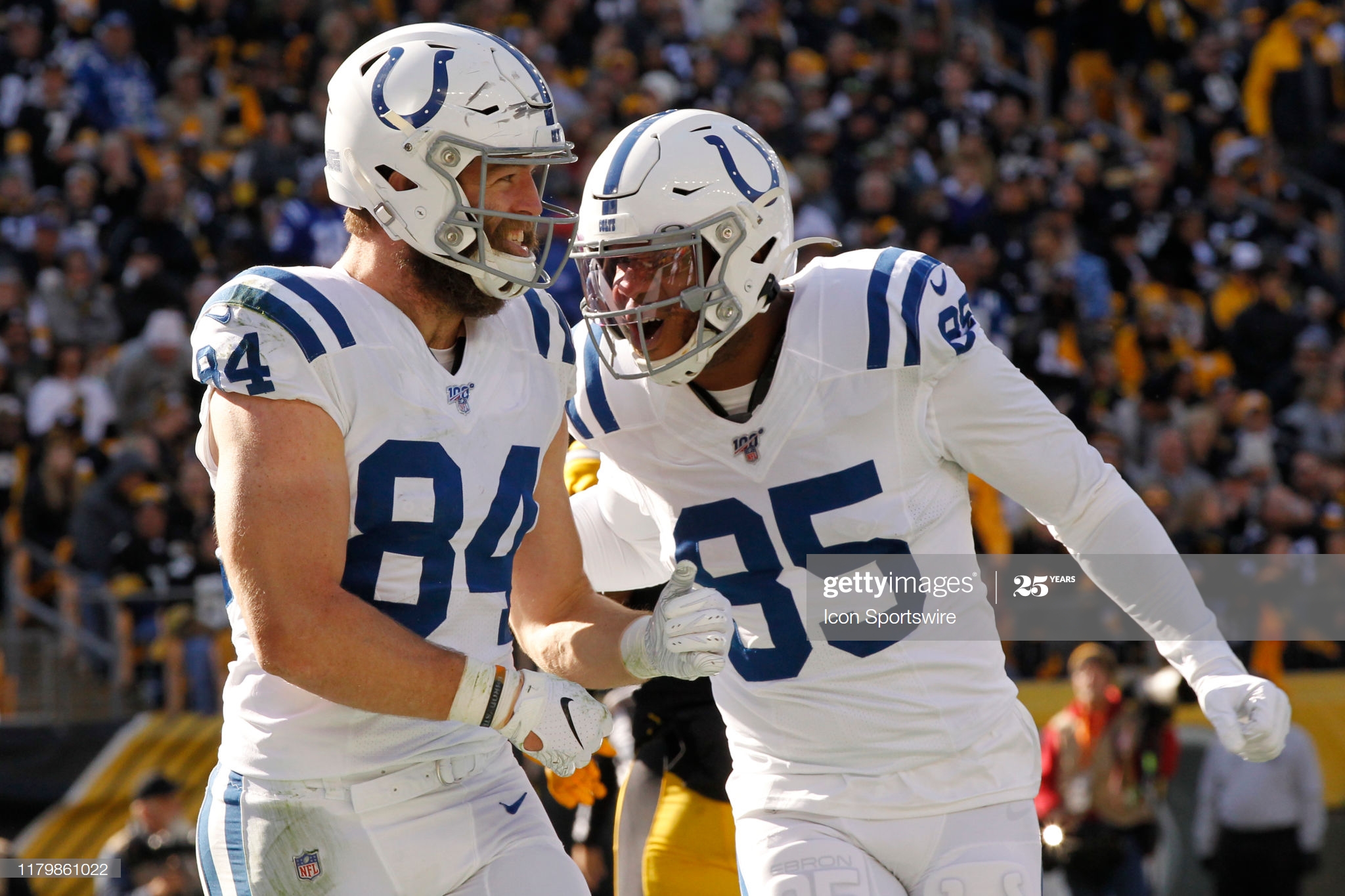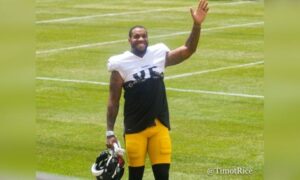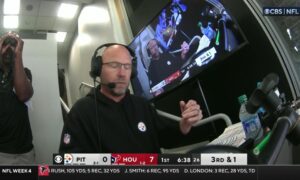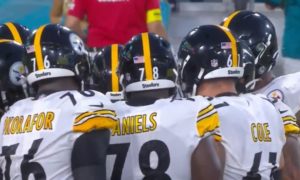While the Pittsburgh Steelers actually had negative cap space heading into the new league year, and they placed a franchise tag on Bud Dupree worth over $15 million, a series of restructures, releases, and retirements got them so far under the cap that they were actually able to re-sign almost all of their significant players while bringing in four new faces, perhaps the most notable being former first-round tight end Eric Ebron.
The former Detroit Lions and Indianapolis Colts target is a big-play threat and has made good on it over the years, but has been often seen as a boom-or-bust type of player who is just as likely to break one for a big gain as he is to drop a routine pass—or to miss time due to injury.
Perhaps he can help that while staying at home. With his signing recently becoming official, he spoke to the team’s website about the offseason, and the obviously unusual circumstances under which it is playing out, in the middle of a pandemic.
A specific problem for athletes has been that the inability to go outside very much has restricted their abilities to remain in shape and work on their craft, but most have found ways. Steven Nelson, for example, said that he bought equipment from the local sporting goods store and trains in his backyard. Ebron has taken a similar approach, and it includes the purchase of a Jugs machine, used by players to work on their hands and form while catching passes.
“I just ordered a Jugs machine, a tennis ball machine”, Ebron told the Steelers’ website. “I am dying not being able to practice. I ordered things I can do at home. I am excited because I can do some things football wise the next few days. My wife is going to have to help me. She has no choice. My boys aren’t old enough yet. It’s her responsibility”.
According to Pro Football Focus, Ebron has dropped 37 passes over the course of his six-year career, and has posted a drop rate north of 10 percent in every season except for 2018, which was his breakout year. That season, catching passes from the Colts’ Andrew Luck, he caught 66 passes for 750 yards and 13 touchdowns. He dropped five passes on 71 catchable targets for a drop rate of seven percent.
That still ranked poorly among tight ends—although it was slightly lower than the drop rate of Travis Kelce that season, and wasn’t too much worse than George Kittle—but his drop rate in every other season was at least 10 percent or worse. And he also added two more drops in the postseason, raising his drop rate to 8.6 percent.
Last season, on 50 targets, 36 were deemed catchable by PFF and he caught 31 of them, dropping five passes. His drop rate of 13.9 percent was among the very worst among tight ends in the league, second-worst among those with more than 15 targets.








